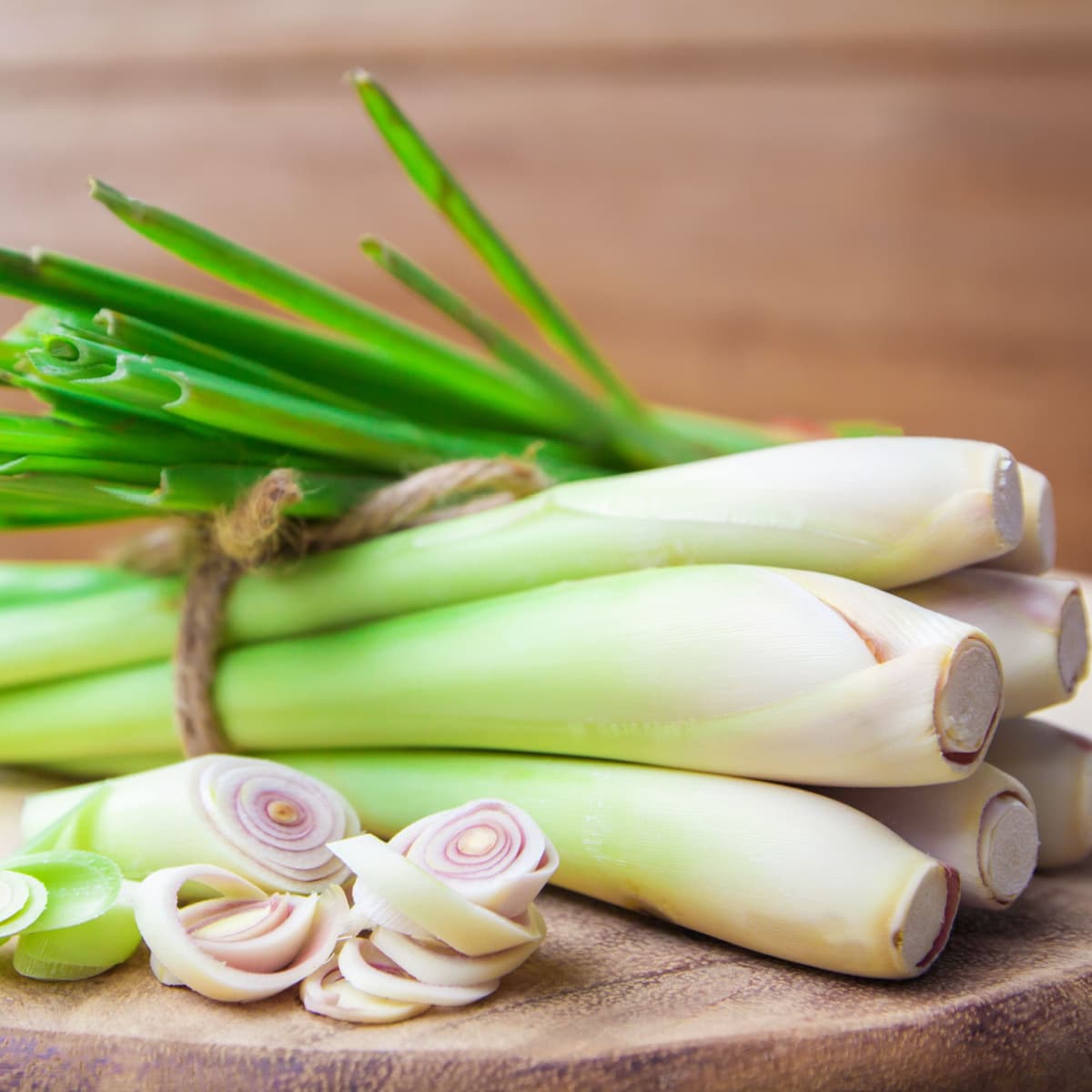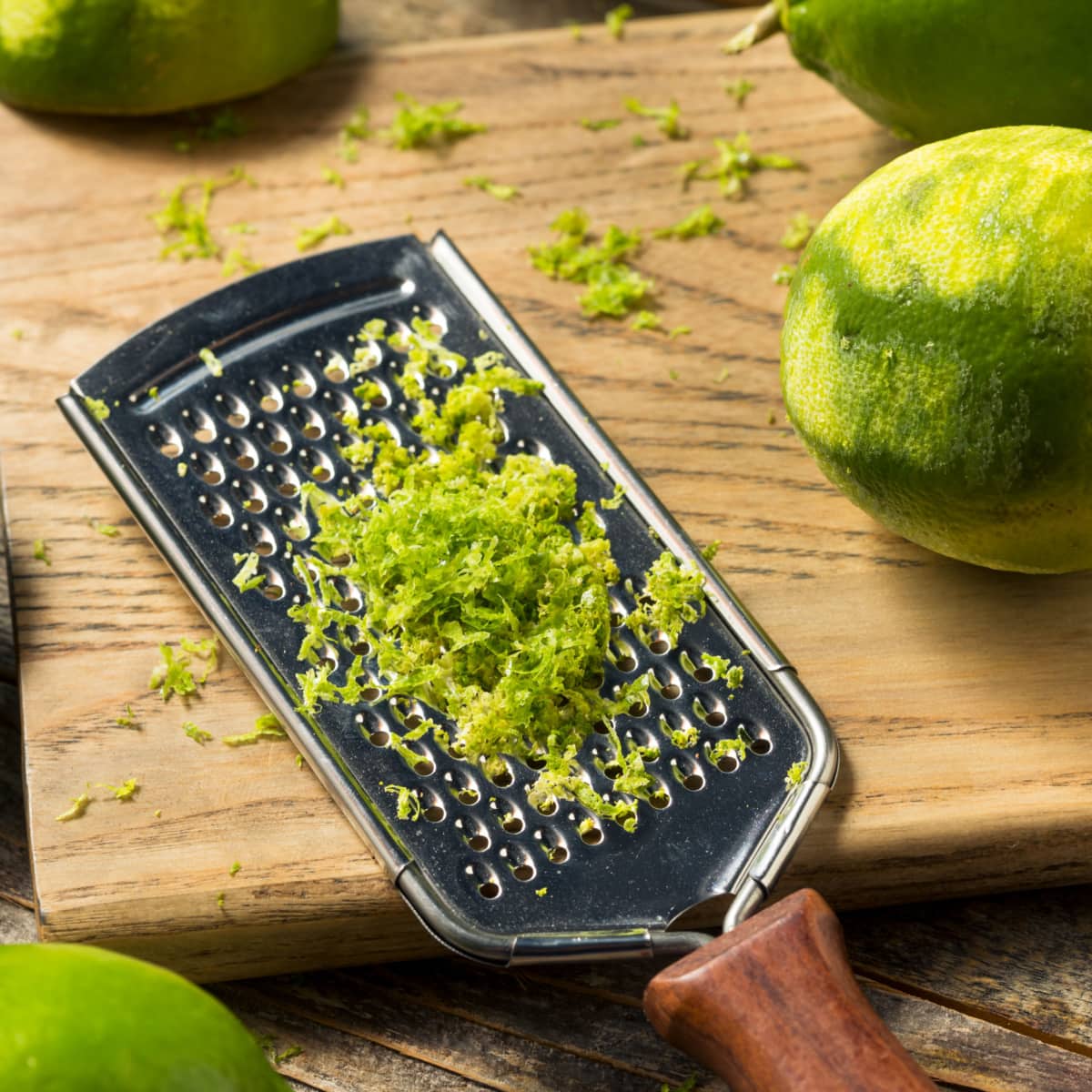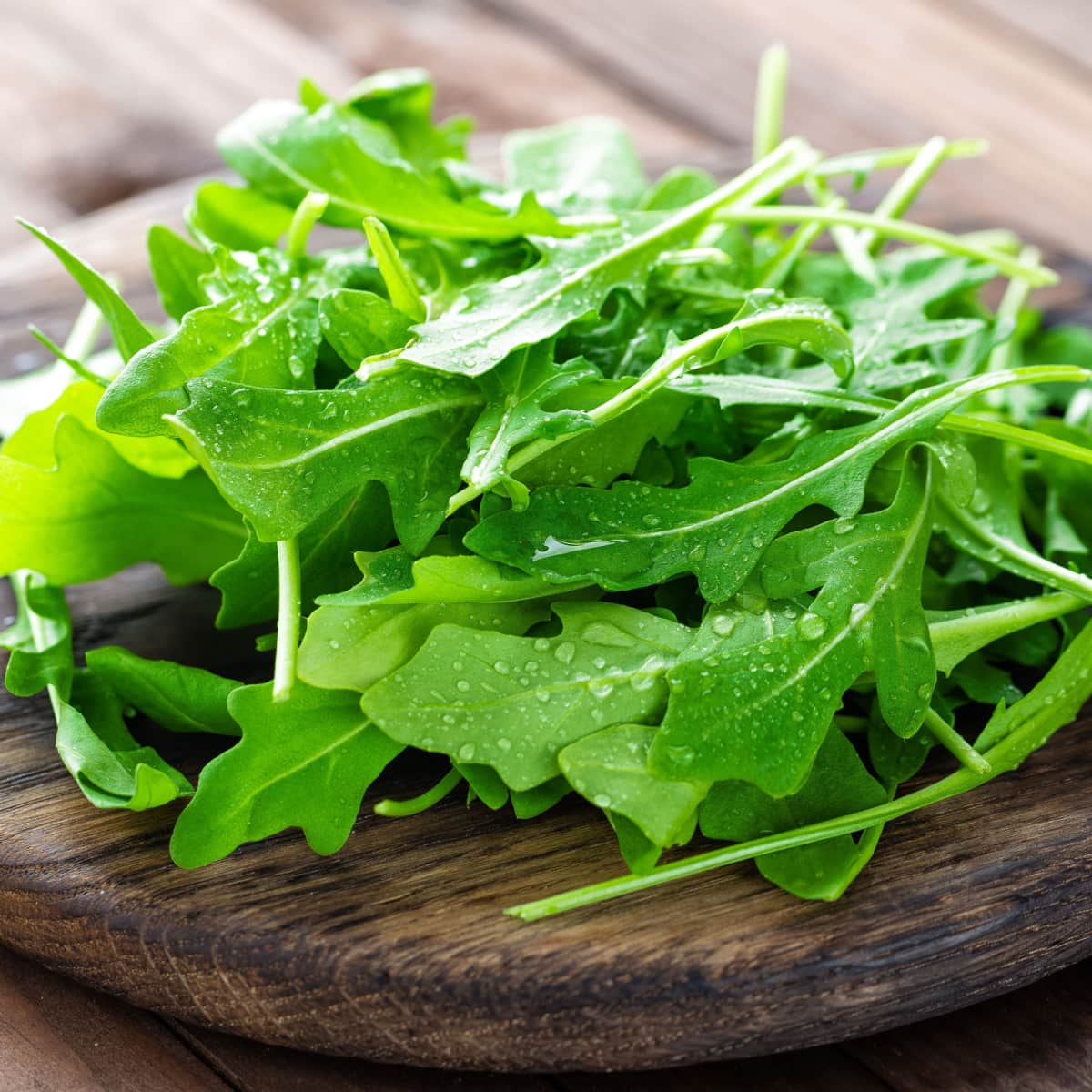Some easy lemongrass substitutes include lemon zest, lime zest, and lemon juice.
You can also try swapping lemongrass out for lemon balm or lemon verbena.

Fresh lemongrass isn’t as easy to come by as lemons. These subs include simple swaps like lemon zest. There are also more complex alternatives like ginger and coriander.
The best part is these substitutes are much easier to come by than fresh lemongrass. So if you’re lemongrass-less, fear not! These smart lemongrass substitutions will save the day.
What Is Lemongrass?
Lemongrass is a tropical herb native to Asia and Oceania.
It’s an essential cooking ingredient in Thailand, Vietnam, India, Indonesia, and Malaysia dishes. For example, it’s found in many Asian soups, curries, fried rice, and tea.
Wild lemongrass grows up to four feet tall, and the long stalks have a pleasant lemon aroma. Fresh lemongrass has a potent and unique flavor. It’ll take your dishes over the top.
When cooking the stalk, remove it before eating (like a bay leaf) because it’s incredibly tough.
This tropical herb is so much more than a stellar cooking ingredient. Lemongrass is like a spa retreat for your senses.
Plus, fresh lemongrass is a fantastic digestive aid, a stress reliever, and a powerful antioxidant.

What Does Lemongrass Taste Like?
Lemongrass is a complex herb that delivers notes of lemon with hints of sweetness and earthy undertones.
While the flavor of lemongrass is lemon-esque, it doesn’t provide that same mouth-puckering kick of fresh lemons.
Instead, when cooked, you get a pop of soothing lemon that shifts into warm, earthy notes. Many describe the unique character of lemongrass as a cross between lemon and ginger.
Lemongrass is an herb, and it has a little bit of everything. It’s sweet, bitter, minty, acidic, and earthy. The complex profile makes it one fantastic cooking ingredient.
Replicating the tang of lemon is easy enough, but adding the herbaceous notes gets a little tricky.
And tracking down fresh lemongrass isn’t as easy as picking up a bag of lemons at the supermarket.
Luckily, there are some easy ways to recreate the complexity of lemongrass when you don’t have any on hand.
Best Lemongrass Substitutes
Check out these quick and easy substitutes that deliver fresh lemongrass flavor.
You probably have many of these ingredients waiting for you in your kitchen!

1. Lemon Zest
The great thing about lemon zest is you likely have it in your fridge!
Use a zester to remove the yellow rind of a lemon for subtle lemon sweetness. But be sure you only remove the yellow parts and none of the white pith.
The peel of a lemon delivers the sweet punch of lemongrass, but the white pith is incredibly bitter!
Lemon zest doesn’t provide the same earthy notes as lemongrass, but it will deliver a fresh burst of flavor.
Use lemon zest in a 1:1 ratio to lemongrass.

2. Lime Zest
Lime zest delivers the same citrusy notes as lemon zest, but it’s much more powerful.
Just like with lemons, ensure you only remove the green skin and none of the bitter white pith. Since lime zest is much more pungent than lemon, you won’t need as much. If you aren’t careful, lime zest can quickly overpower your dish.
If the recipe calls for 1 tablespoon of lemongrass, start with 1/2 tablespoon of lime zest.

3. Lemon Juice
Lemon juice is another easy-to-come-by ingredient and mimics the lemon goodness of lemongrass.
The juice of a lemon is incredibly tart and acidic, so you won’t need as much in your recipe. It doesn’t have the warm, earthy notes of lemongrass. But it will add a fresh pop of citrus to your curry.
Start by adding half as much lemon juice as lemon grass, and taste as you go.
And remember, lemon juice is tart and acidic, so add it sparingly.

4. Lemongrass Paste (Kreung)
If you can’t track down fresh lemongrass, lemongrass paste is the next best thing! And thankfully, it’s widely available at most Asian grocery stores.
Lemongrass paste is quite powerful, so you only need a fraction as much as fresh.
When using lemongrass paste, use one tablespoon per every stalk of fresh lemongrass.

5. Dried Lemongrass
Like lemongrass paste, dried lemongrass is a powerful ingredient! It’s perfect for tea, but it works like a charm in cooking, too.
Since dried lemongrass has strong flavors, start with a little and work up from there.
If the recipe calls for one stalk of fresh lemongrass, add one tablespoon of dried lemongrass.

6. Kaffir Lime Leaves
In the spice world, Kaffir lime leaves and lemongrass are close cousins.
Kaffir lime leaves have a similar citrus-to-spice ratio and work well in soups, stews, and curries. This robust tropical herb walks the line between bitter, sweet, and citrusy. However, Kaffir lime leaves are much more flavorful!
When swapping out lemongrass for Kaffir lime leaves, use half as much.

7. Lemon Balm
Lemon balm doesn’t demand tropical climates and does well in herb gardens in temperate climates. You can think of it as lemongrass’ mild-mannered younger sister.
It has the same citrus, sweet, and earthy notes. But it’s more muted and understated.
If the recipe calls for one lemongrass stalk, add four lemon balm leaves, and add more as needed.

8. Lemon Verbena
Lemon verbena is the ultimate lemon-like herb. It’s even more flavor-forward than lemongrass!
In cooked dishes, it offers bold and robust with a delicate sweetness. And it’s quite similar to lemongrass but lacks herbal, earthy notes.
When using lemon verbena, sub 1 lemongrass stalk for just 2 lemon verbena leaves.
Remember, it’s a potent herb and can quickly overpower your dish. Start with a little, and add more as needed.

9. Arugula + Lemon Zest
The flavors of lemongrass are acidic and earthy, just like arugula and lemon zest.
Arugula leaves are peppery and earthy, like the complexity of lemongrass. Pair it with the acidity and sweetness of lemon zest, and it delivers some serious lemongrass vibes.
This fantastic combo works best in soups, stews, and curries.

10. Fresh Ginger + Coriander
There’s no lemon in this substitution, but that’s ok! Lemongrass is so much more than tartness.
The incredible combo of fresh ginger and coriander replicates the intense earthy notes of lemongrass perfectly. Ginger adds the earthy bite. And coriander brings a touch of lemon-like acidity with spicy undertones.
This is one of the best lemongrass substitutions, and you likely have everything you need on hand.











